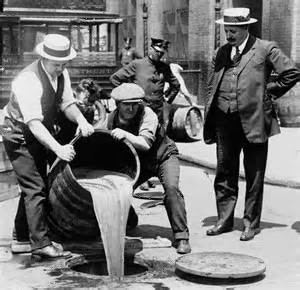1980-The Soviets invade Afghanistan.
1987- Osama Bin Laden joins fighting; the Arabs force the Soviets out of Afghanistan. Osama is considered a hero.
1990- Saudi Arabia accepts the U.S. protection instead of Bin Laden's Protection.
February 1993- Ramzi Yousef lights the fuse on a bomb and rips a 7 story hole through the tower's core. Six people are killed.
1996- Bin Laden returns to Afghanistan and writes a declaration of war against the U.S.
K.S.M. tells Bin Laden of the idea of crashing planes into the World Trade Center, and Bin Laden begins to plot "The Planes Operation."
1998- Bombing at U.S. embassies in Kenya and Tanzania after Bin Laden's declaration of war.
October 12, 2000- Blast in a U.S. ship caused by suicide bombers.
January 20,2001- George Bush is sworn in. he does not order retaliation.
September 6, 2001- A boy tells his teacher that within a week the World trade Center will not be standing. She ignores him.
September 11, 2001- The attack is launched on the World Trade Center.


































